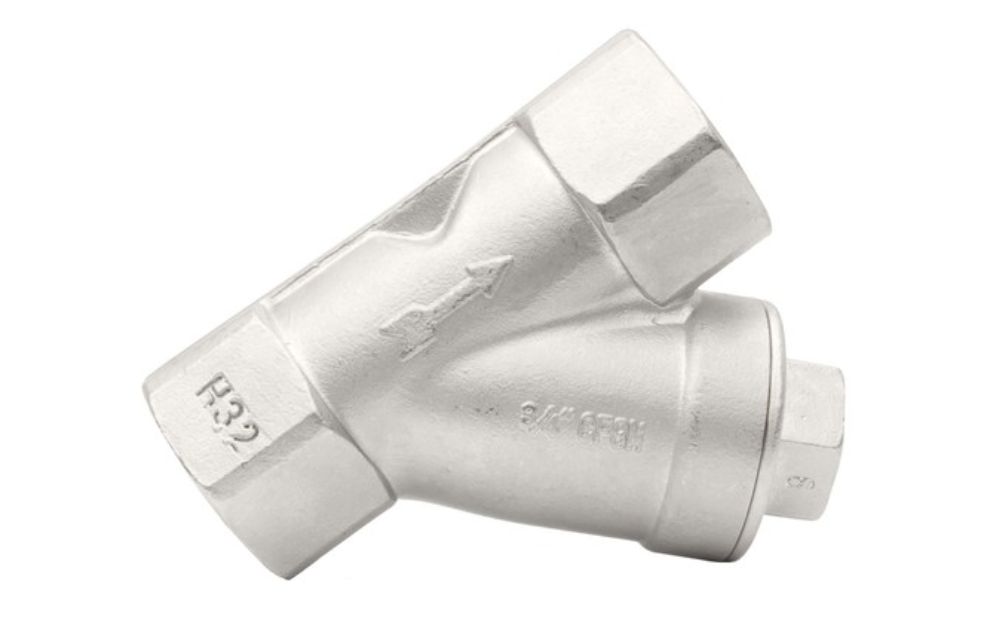
Piping systems require small but very crucial parts to function optimally and be long lasting. One of such important components is Y strainer. This device is one of the most neglected ones which is most important for keeping the system clean from debris and contaminants which slow down the system significantly. But if you don’t use this strainer in your system, the following issues will occur? Now let’s look at what happens and why this device must be incorporated in your operations.
Increased Wear and Tear on Equipment
If you do not have this strainer then all sorts of material like dirt, rust, and other particles can easily go into your system. These contaminants are known to exert considerable wear on pumps, valves, and other sensitive equipment. This gradually results in high maintenance costs and reduced durability of the equipment in question. This strainer mainly serves as the primary barrier so only purified liquid continues circulation within your system.
Reduced System Efficiency
The presence of contaminants in the pipeline may hinder the passage of the fluid or gas thus limiting the operation of the system. Blockages or partial obstructions can increase energy consumption as pumps and motors work harder to maintain performance levels. This strainer prevents these issues by keeping pipelines clear, enabling smooth and efficient operation.
Higher Risk of Equipment Failure
Unfiltered debris can cause blockages or damage to critical components like heat exchangers, condensers, or meters. This can lead to costly and unexpected equipment failures, halting operations and increasing downtime. Installing this strainer ensures that your system remains operational without frequent breakdowns caused by foreign particles.
Decreased Fluid Quality
For systems that handle fluids such as water, oil, or chemicals, maintaining the quality of the fluid is essential. Debris can contaminate the fluid, leading to subpar end products or reduced process efficiency. This strainer safeguards fluid integrity, ensuring the quality is maintained throughout the system.
Increased Maintenance Costs
Without proper filtration, components in the system require more frequent cleaning and repairs. This not only increases operational costs but also extends downtime during maintenance. Using this strainer reduces maintenance frequency, as it captures debris before it can harm the system’s components.
Non-Compliance with Industry Standards
In many industries, compliance with strict regulations regarding system cleanliness is mandatory. Operating without this strainer can result in violations of these standards, leading to penalties or operational restrictions. Installing this strainer helps meet industry norms and ensures seamless regulatory compliance.
Environmental and Safety Hazards
Debris buildup or system malfunctions due to unfiltered contaminants can pose safety risks, such as leaks or equipment failure. In some cases, this can lead to environmental hazards, particularly in industries dealing with hazardous materials. This strainer minimizes these risks, making operations safer and more environmentally friendly.
In Conclusion
Incorporating a Y strainer into your system is not just a good practice; it’s a necessity for maintaining efficiency, reliability, and compliance. By filtering out unwanted debris, it ensures the longevity of your equipment, reduces downtime, and keeps maintenance costs in check. Don’t let your system bear the burden of unfiltered contaminants—invest in the right solution today.
For reliable and high-quality strainers that cater to diverse industrial needs, trust Sensor Tech—your partner in achieving operational excellence.





